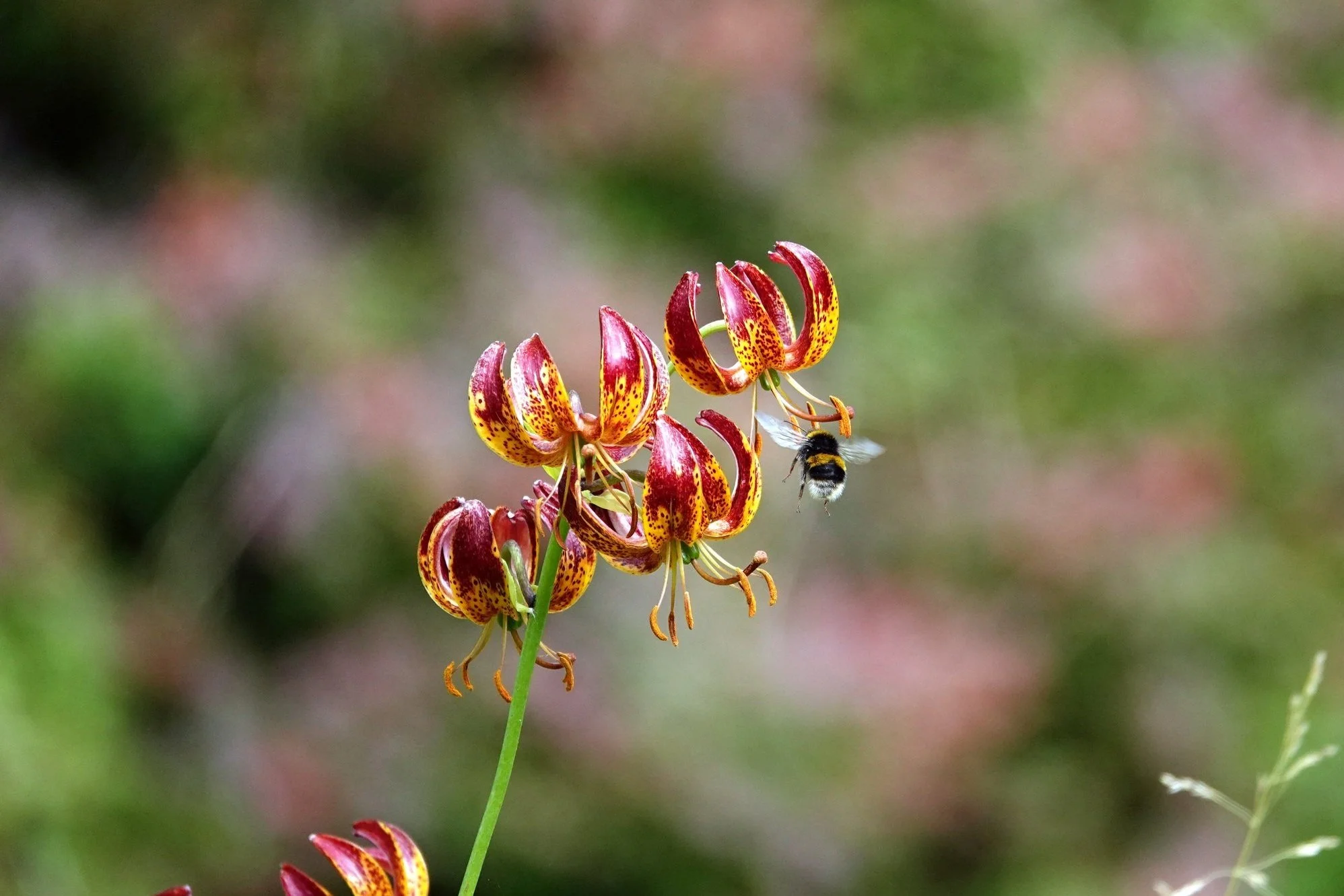
© Andy Wakelin
What is a record?
Every biological record is made up of four things: the what, the where, the when and the who.
The 'what'
What did I see? The first step in making a record is to identify what you have observed. With the exception of some microscopic life, all living things are assigned a unique identity in the form of a species name. Ideally a record will state this species name.
While some species have common names, such as 'mallard duck' or 'common frog', many do not. However, they all have a 'scientific name' which is unique to them and understood internationally. Scientific names have two parts, usually derived from Greek or Latin: the first part is the group, or 'genus' to which the species belongs, and the second part identifies the actual species. It is the two parts together that make up the unique names of all living things. The scientific name for the Mallard duck is Anas platyrhynchos. This shows that it belongs to the genus 'Anas' which is Latin for duck, and indicates that the Mallard is related to other ducks. The species name, platyrhynchos, is Greek for flat bill, referring to its typical ducklike bill. The genus and species are always written in italics.
All species belong to a 'genus', such as Anas (ducks), and also to larger hierarchical groupings called Kingdom, Phylum, Class, Order and Family. To be able to identify something it helps to know which group it belongs to so that you can use the right identification aids. If a species is not immediately recognisable, you can consult identification keys, field guides, or ask for help from someone who knows more about the group.
Some groups, such as beetles (Coleoptera) and moths (Lepidoptera), contain many species and the popular field guides do not include all the species in the group. In these cases it is often only possible to identify the family or genus the species belongs to, for example that it is a ground beetle, a rove beetle, or a click beetle. When starting to record a group it is best to start with one containing common and distinctive species, such as birds or butterflies, and to build up expertise by joining a society, attending field meetings and learning from experts.
Once a species has been identified, and this will become quicker with time, it is also important to count how many of that species you can see. It is useful for conservation managers to know how many of a certain species are found in each location so, for example, areas may be prioritised or changes in local and national numbers may be compared.
The 'where'
Where did I see it? The exact location of an observed species should be recorded so that someone else can find it again, or assess the distribution of that species. It is important to be as precise as possible, ideally to within a square of 100m x 100m, or smaller. Anything more vague has much less value for conservation purposes. For many years, biological recording has been carried out on the basis of the UK national grid of the Ordnance Survey (OS). The Ordnance Survey website has details of how to read a grid reference from a map and details of the types of maps available. Hand-held Geographical Positioning Systems (GPS) are now quite popular but you still need to know how to use maps to use these properly.
The content of most Ordnance Survey maps is also available through the Ordnance Survey website. This is very useful, although only small sections of the maps can be viewed at any one time.
The 'when'
When did I see it? A full date (day, month and year) should be recorded. Some people note the hour, minute, and even second, for each observation. This is useful, e.g. with a flock of migrant birds or a school of dolphins, to plot movements. Too much information is far preferable to too little. It is as easy to note down the full date as something more vague, such as the month or season. Full dates are needed when looking at whether flowers are appearing earlier, or migrant birds are leaving to fly south later. This type of analysis is also called phenology and The Woodland Trust collect records of various 'first' and 'lasts' submitted by the public (Nature's Calendar).
The 'who'
Who am I? Your full name and contact details are needed so that any queries about your observation can be sent to you. You should also note down whether an expert has verified the record.
Other details you might record
There are many other details that can be included with a species record, such as sex, habitat, weather, elevation, tree girth, tree height, stage of development, method such as trapped, swept (with a net), ‘pooted’ (sucked up with a tube or 'pooter'), determiner, reference, accuracy of grid reference etc. It is often imperative that some or all of these details are collected since they may allow proper comparison of data from different sources, and are often required by national recording schemes.
More information can be found on the NBN website.
© Andy Wakelin
© Andy Wakelin
© Andy Wakelin




